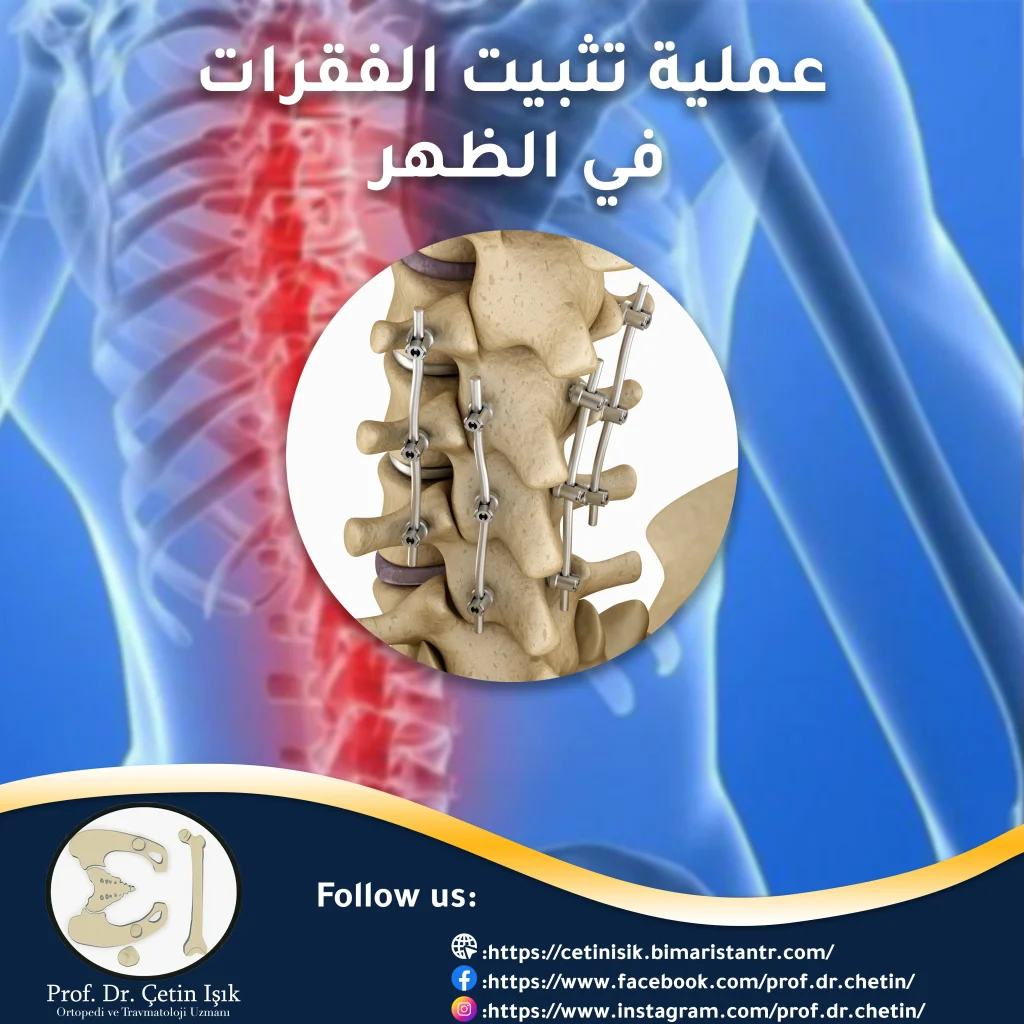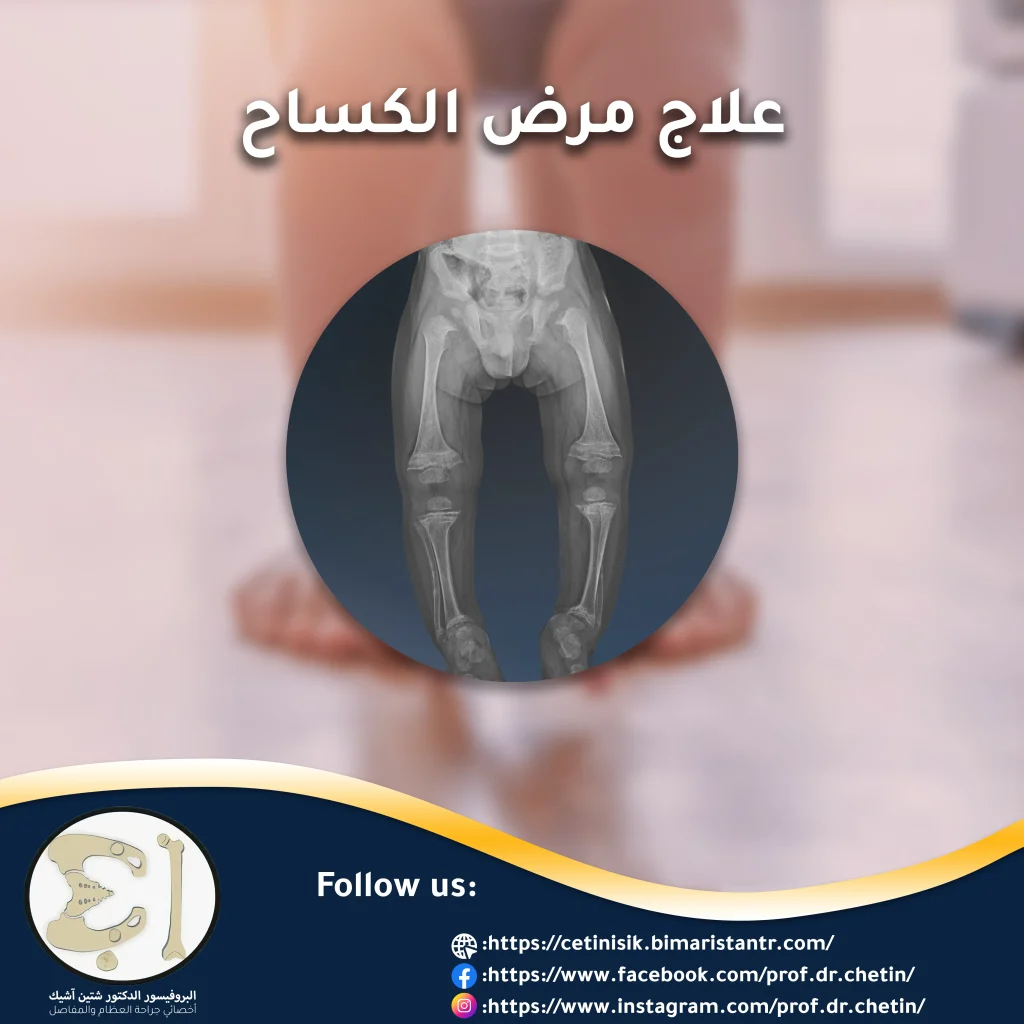Spinal fusion in the back is one of the common orthopedic surgeries in which various problems of the back vertebrae are fused by merging and stabilizing two or more vertebrae so that they become a single bone.
What is spinal fusion operation?
It is the surgical procedure in which the fusion of two or more vertebrae is performed permanently, and there are several surgical methods dedicated to performing it, and some of them give better aesthetic results than others, such as endoscopic fusion of the vertebrae.
The doctor may recommend that the the patient should perform this type of operation only when there are back problems and pain with high accuracy thanks to advanced imaging techniques such as X-rays, CT scans, and MRIs.
Spinal stabilization surgery may be recommended in the case of:
- Degenerative diseases
- Anterior slipping of the spinal disks
- Spinal stenosis
- scoliosis
- Vertebrae fractures
- Infection
- Herniated nucleus pulposus or disc
- Tumors
Understanding the mechanism of functioning of the bones and the spine will significantly help you to understand the importance of stabilizing the vertebrae and everything related to it in the back.
Overview of the spinal column
The spine or the bones of the back are strong and solid structures that provide structural support for the entire body in addition to protecting the nerves and spinal cord. This column consists of 34 bones that carry the weight of the body easily and allow it to bend and maneuver in a way that does not harm the spinal cord and nerves passing by it.
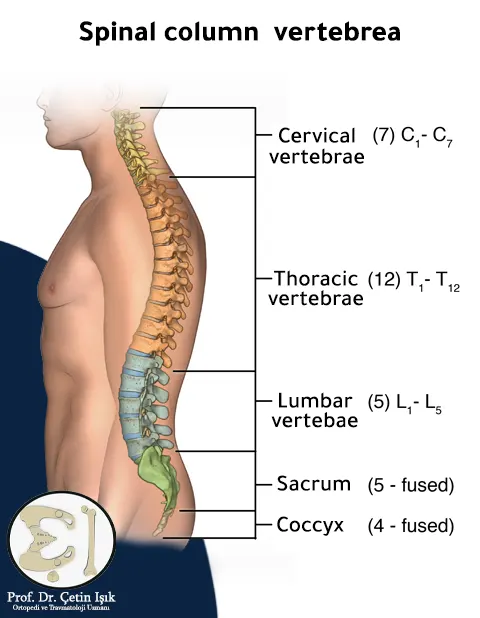
The vertebrae are distributed into certain groups so that each group has similar characteristics. For example, there are the cervical vertebrae, which are small, and the dorsal vertebrae the thickest, down to the lumbar vertebrae, which are considered the strongest and thickest.
Types of spine fusion operations
Neck and back problems require different treatments using various surgical techniques in specific areas of the spine.
Cervical spine fusion operation
One of the most common orthopedic surgeries performed to stabilize the neck and spine in a specialized hospital and has been around since the days of World War I, where there is more than one way and means to perform this operation effectively, and some may prefer a specific technique to treat special cases.
Thoracic spine fusion operation
The number of vertebrae in the thoracic spine is 12, and their integrity is necessary to achieve a degree of stability in the chest and abdomen, where the problem is often that the degree of bending required to do your work is high or a large weight and pressure has been placed on the back, and this will lead to deformation of the shape of the back after many months and years and the need for a fusion operation at the end.
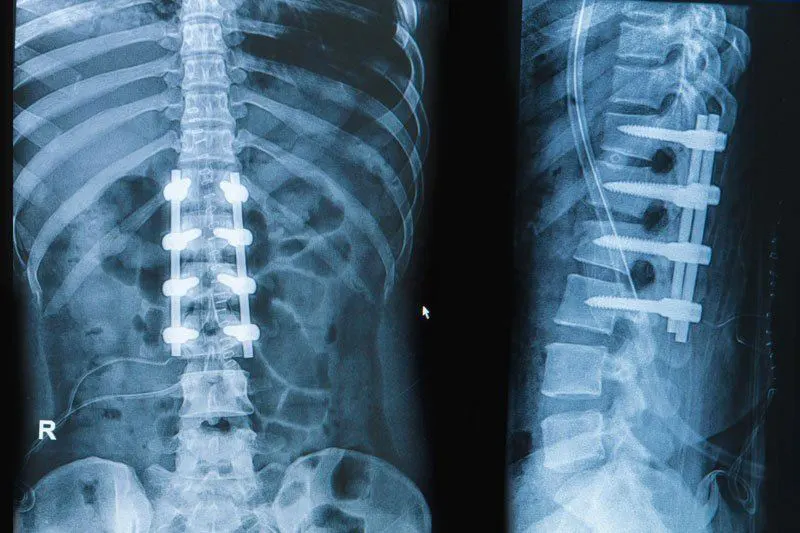
Lumbar spine fusion
One of the most common operations performed by a specialized medical team in order to relieve lower back pain and reduce the occurrence of many complications of excess weight and wrong posture, in addition to those problems that limit the movement of the vertebrae and the lumbar column, in which a patient cannot rest until after an operation.
Types of vertebrae fusion screws
There are many tools used in spine surgery, and it is not limited to nails and screws, despite their great diversity, including the use of:
- Cortical nails
- laminal screws
- Hollow nails
- Side screws and central screws
- Lamellar nail
- Special cartilage screws
- Occipital screws
Of course, each surgical nail has a special use, and most of these nails are made of durable and solid materials such as titanium and aluminum to reduce the possibility of breaking, as the process of removing broken fragments requires the presence of an Experienced orthopedic consultant that may not be able to preform such surgery according to his schedule.

Preparing for back vertebrae fusion
Preparation for spine surgery is not much different from any other surgery, as it consists of a general examination of the patient in a specialized hospital, followed by doctors knowing the values of his blood test.
Before operating on the spine, it is recommended to inform the doctor about:
- Smoking, which may prolongs the time of recovery after the operation.
- Heavy alcohol consumption.
- Any illness you had while preparing for the operation, including colds and other conditions.
- Any medication or health problems that require the use of medicinal herbs or nutritional supplements.
You may definitely want to discuss the medications that you will take after the operation as well with your doctor, especially since some of them will continue to be taken throughout your life, and there are special reservations about taking some medications such as warfarin and NSAIDs.
Spinal fusion techniques
After you prepare well for the operation and undergo general anesthesia, there are several operations through which the fusion procedure is performed, the most important of which is operating on the spine vertebrae from the back, in addition to having an anterior entrance.
The process of fixing the vertebrae with screws
In most cases, surgeons resort to using specially designed screws for the vertebrae of the lumbar or thoracic column, for example, and their purpose is to prevent the vertebrae from moving until fusion occurs.
Fusing the vertebrae with slides and screws
When the doctor decide that another technique may provide a more solid fusion, two or more vertebrae are combined with the help of slides and screws, which are solid structures that are changed approximately every 15 years.

Arthroscopic spine fusion
In the past, fusion of the spine was a difficult and stressful operation for the surgeon and the patient. Today, fusion of vertebrae is done by preforming an effective laparoscopic operation, but it also takes up to six hours.
Disc surgery and fusion of the vertebrae
In this process, the vertebrae are fused in the back with disc treatment, but many subsequent studies in the nineties showed that the benefit of the surgical procedure in which two vertebrae suffering from a disc deformity are combined does not achieve the desired benefit to a sufficient extent, including combing a disc operation and a fusion operation into one major surgical procedure, but that is only performed in very exceptional cases.
Postoperative recommendations after spinal fusion
Instructions after lumbar spine fusion
- No bending
- Don't lift weights
- Don't drive a car
How to sleep after vertebrae fusion
The position of the spine must be correct and allow the back to recover after the operation. You can sleep on your side and your back, but sleeping on the stomach is not recommended, as it causes the spine to curve.
Sitting after vertebrae fusion
You should not sit for a long time after the operation, because this causes compression of the lumbar vertebrae, and it is recommended to sit for only 20 minutes, to be increased to 40 continuous minutes.
Physiotherapy after spinal fusion surgery
There is a special treatment protocol after the spine fusion operation, where it is allowed to walk for short distances only one or two days after the operation, and after a week you can start stretching exercises that include the legs standing and lying down.
After several weeks, you start with spinal stabilization exercises, where you lie on your back so that your lumbar vertebrae touch the ground and perform a simple circular motion for a few minutes.
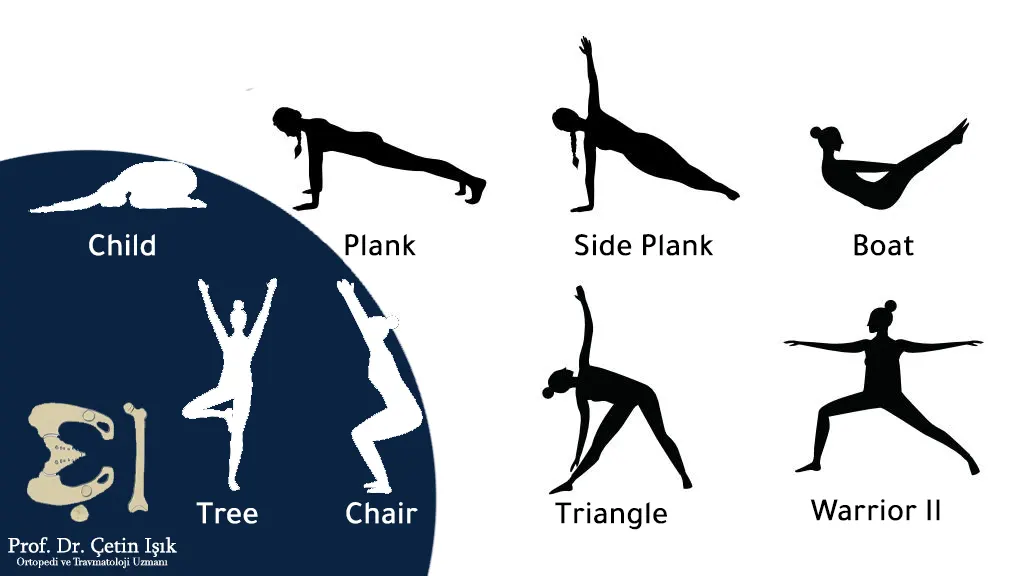
My story with spinal stenosis
“It started decades ago.”
This is how Jim described his horrible back pain that exhausted him when we asked him about the reason for his spinal fusion, as he had tried all conservative solutions, including medications, injections, physical therapy, and many others, without achieving any benefit.
Jim is a very active person, he loves walking and sports, and he never sits at home, but the throbbing pain that begins in his back and spreads to the bottom of his feet has tired him out and prevented him from doing anything.
Fortunately, Jim did not suffer from any heart or lung problems, which made surgery an excellent option, and indeed the operation was worth it, as his lumbar pain completely disappeared after the operation.
Side effects of spinal fusion
Like any operation performed on the spine, fusion of the vertebrae in the back is not without risk and the possibility of subsequent problems within or outside the surgical area.
Complications of spinal fusion
Spinal fusion in the back may cause the following problems:
- Sepsis: Bactericidal drugs such as antibiotics are given preventively to avoid this problem, but in cotton fixation operations, infection is always a possibility.
Bleeding: Bleeding is not uncommon after spinal operations, as it is managed quickly. - Pain within the bone implant area: A small percentage of those who undergo fusion operations suffer from pain at the bone implant site.
- Relapse after the operation: causing pain, difficulty in movement, etc. There are many reasons for this to happen, and the doctor must be informed quickly when relapse of the symptoms occurs.
- Failed fusion: It occurs in smokers in particular, where the spinal fusion operation is not successful, and a new surgical incision is often made to reoperate.
Damage to the nerve structures: a very rare complication, but still possible. - Blood clots: Another rare complication, and the problem with these clots lies in their ability to flow though the bloodstream and reaching such critical vessels in the lungs and other organs.
Back pain after spinal fusion
It is certainly normal to feel pain after the operation, as it is a natural part of the healing process, but it is not normal for this pain to last for a long period of time or to increase in intensity with time.
There are many medications that help relieve pain, such as NSAIDs and topical anesthetic creams, and the best management is usually a combination of several medications and ointments.
Lower back pain after spinal fusion
يتميز ألم أسفل الظهر بكونه مزمناً وعميقاً قد تتعايش معه ولكتك لست مرتاحاً خصوصاً عند القيام بأنشطة بدنية متعبة وحمل أوزان ثقيلة، في هذه الحالة قد يصف طبيبك الأفيونات وهي أدوية مسكنة قوية ولكن يجب التعامل معها بحذر لأن احتمال الادمان عند استعمالها عالٍ.
Sources:
- Orthoinfo
- Healthline
- Johns Hopkins Medicine
- Cleveland Clinic
- National Library of Medicine
- radiopaedia
Common questions
In general, the process of fixing the spine vertebrae in the back and neck is safe, but an operation with no possibility of side effects to occur does not exist.
The pain goes away completely after about a year.
The average cost of spinal surgeries is $15,000, while spinal fusion costing less than $10,000.
Redness, swelling and bleeding from the surgical site, in addition to the presence of a mild fever.
Percentages vary from case to case, but the average rate ranges between 70% and 90%.
3 to 7 hours.
The spine needs several weeks, up to six, to recover from the operation.
after the end of the six-week recovery period


